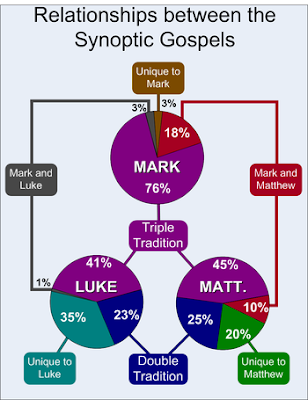In this series, I’m exploring some of the techniques I’ve learned to make a speaking presentation more effective.

I am very much a ‘big picture’ type of person. I don’t like to focus on the nitty-gritty, the practical, the ‘application’ of a talk. Unfortunately for me, that’s where – in my experience – most of my listeners camp out. So over the past couple of years, I’ve been working on making my talks more tangible, more down-to-earth (and, for the record, I’m blessed with a wife who lives in that world, so she’s been a fantastic teacher). Here’s what I’ve learned:
Your audience isn’t going to be able to grasp a lot of the less tangible, big-picture ideas without some help. It’s not because they’re dumb. It’s because they are – more than likely – novices compared to you. If you’re speaking, it’s most likely because someone thought you had something new or fresh to bring to their worlds. You’re the expert. And you’re afflicted with what Chip and Dan Heath (in their incredible book Made to Stick) call the “Curse of Knowledge”.
You can’t remember what it’s like not to know.
I study New Testament. I’ve know what the Synoptic Problem is for so long, I can’t remember what it’s like not to know that Matthew, Mark and Luke all read like basically the same story, that they use a lot of the same phrasings, and that Matthew and Luke have all this extra material Mark doesn’t that we’ve labeled Q. But introduce a person who’s grown up in Church but never studied the Gospels scholastically to that concept and s/he’ll only see a big, scary mess (which, to be fair, is how most of us feel about the Jesus Seminar).
One key to overcoming the Curse of Knowledge is using concrete, tangible examples.
 Dr. Steve Friesen is a master at this when it comes to New Testament. I taught under him for two years, and the first year we taught Mark, then Matthew, then John then Luke-Acts, and introduced the Synoptic Problem during the Matthew section. Students struggled to understand how Mark and Matthew were so similar – all they could see were the differences (Mark has no birth or post-resurrection narratives, almost no parables, etc.).
Dr. Steve Friesen is a master at this when it comes to New Testament. I taught under him for two years, and the first year we taught Mark, then Matthew, then John then Luke-Acts, and introduced the Synoptic Problem during the Matthew section. Students struggled to understand how Mark and Matthew were so similar – all they could see were the differences (Mark has no birth or post-resurrection narratives, almost no parables, etc.).
The next year, he switched it up – we did Mark, John, Matthew, and still introduced the Synoptic Problem with Matthew’s material. But this time, the students themselves noticed the ‘problem’. After reading Mark and John, they immediately noticed how similar Matthew was, and began asking questions! It was really incredible. I’ve also noticed that graphics like the one over there <— help more visual students to understand the relationships among the Synoptics. In fact, the more methods of communicating you can use, the better. Repetition is the key to memory!
 Another friend of mine who is especially good at making abstract concepts very understandable is Henry Imler. Henry teaches philosophy and religion in Columbia, MO. He constantly uses all sorts of images – especially comics – to illustrate complex philosophic ideas to his students. Check out his blog for some great examples!
Another friend of mine who is especially good at making abstract concepts very understandable is Henry Imler. Henry teaches philosophy and religion in Columbia, MO. He constantly uses all sorts of images – especially comics – to illustrate complex philosophic ideas to his students. Check out his blog for some great examples!
So, here’s the bottom line: concrete, practical examples can draw your listeners into your core message.



